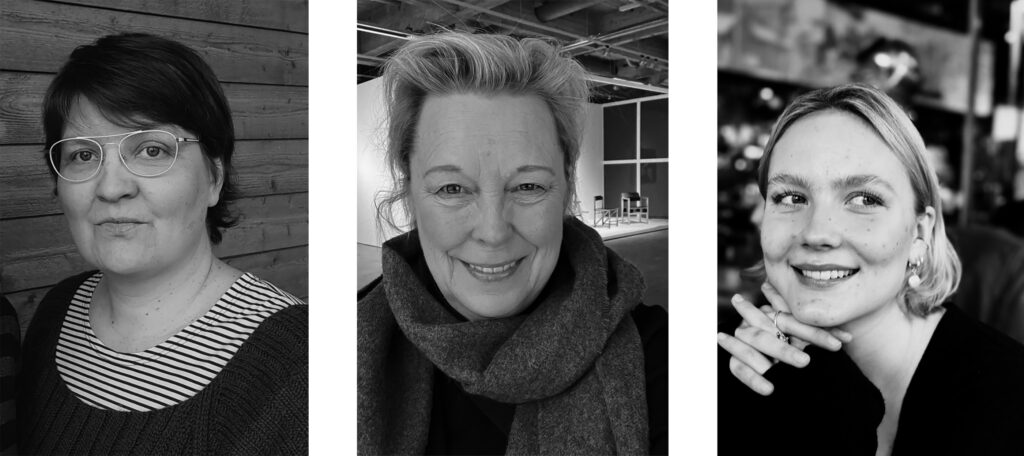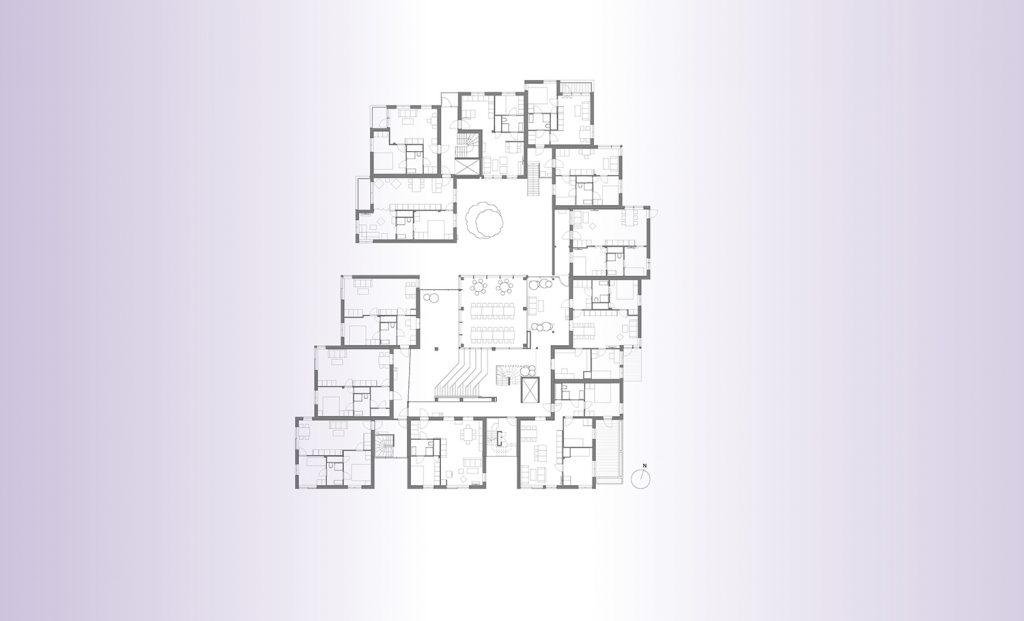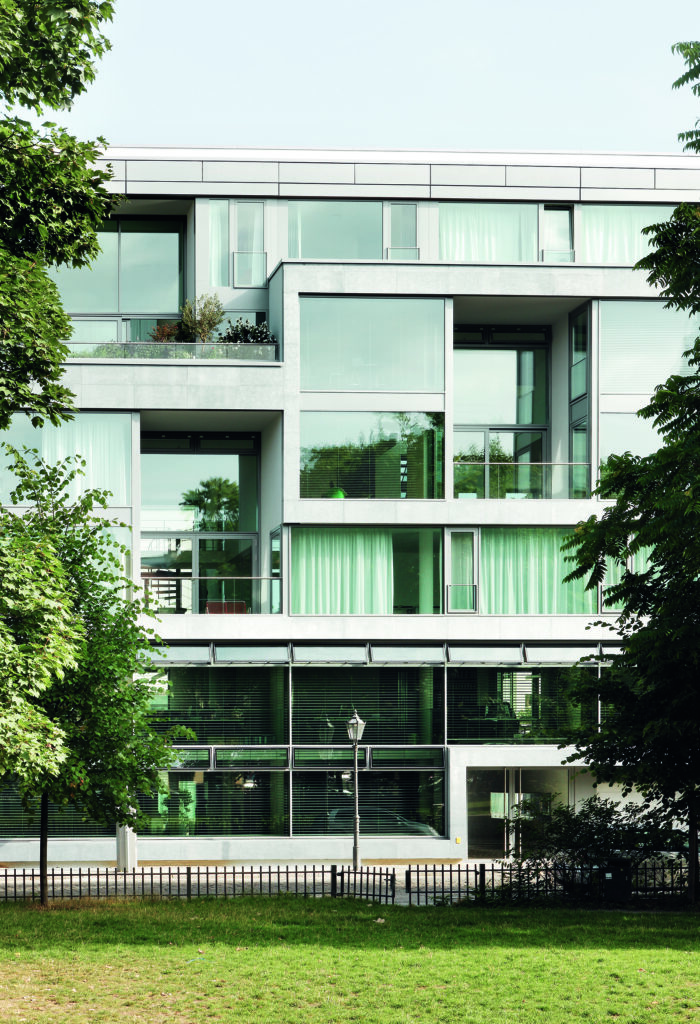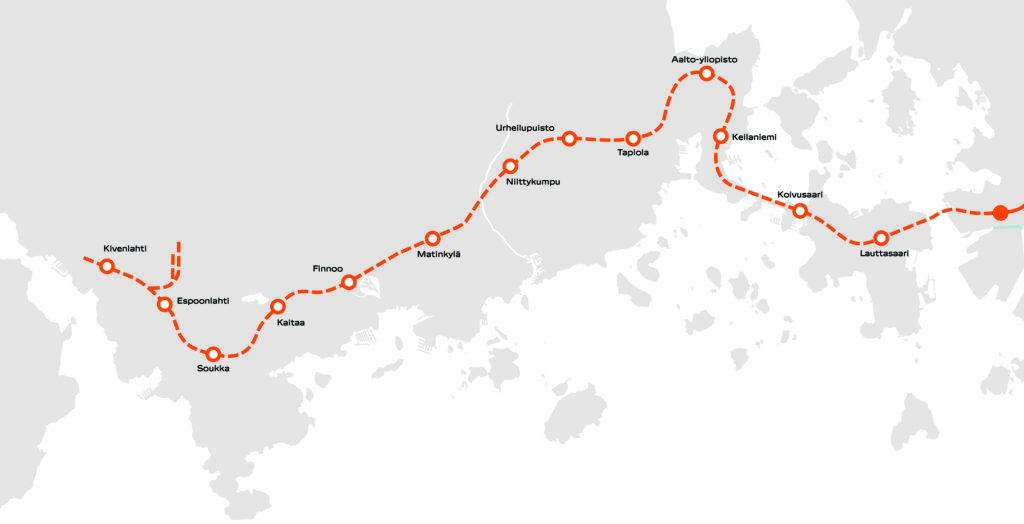Editorial 1/2022: Casino Chips
For the past decade, Finnish urban construction has been characterised by tower blocks that have spread across the country. In the Helsinki Metropolitan Area, they have emerged particularly in the surroundings of public transport stations, both as individual landmarks and as groups that consist of several tower blocks. In Oulu, towers have also been erected in the city centre, and a real cluster of tower blocks is being built around Tampere Railway Station. Many smaller cities and towns have also received their fair share of tall construction.
When the Trigoni project in Central Pasila, Helsinki, was given up towards the end of 2021, the hastiest people declared that the tall construction boom had ended. The largest cluster of tower blocks in Finland, so far, would have consisted of four residential, office and hotel buildings designed by Lahdelma & Mahlamäki architects. The tallest building would have risen to the height of over 200 metres. However, the forecast of the turning wind may have been premature, as in January, the pension insurance company Varma announced that it would build a slightly more modest-sized office block to an adjacent plot. Hence, the game appears to go on.
The opening move in the tower block game in Finland was made by architect Sigurd Frosterus one hundred years ago. He proposed that a robust tower – which he called an “airy mirage” – would be built as part of Stockmann Department Store, which was being designed in Helsinki. In an article published in the Arkkitehti, Frosterus described, using eloquent expressions, how the simplified architecture of skyscrapers was developed from the pulse of a modern metropolis: “The masses of the skyscrapers that vanish in the coal smoke and mist, are only visible, in the surrounding sea of buildings, as two surfaces that are illuminated with lights of different intensities – however, they are usually only visible as a single-colour gigantic bar against the vast sky.” The clouds of pollution hovering above the city barely create equally romantic images today, but the charm of skyscrapers as symbols of modern metropolises has not disappeared.
Contemporaries did not react very strongly to the tower design by Sigurd Frosterus, but a proposal by architect Väinö Vähäkallio in 1928, regarding the Kino-Palatsi cinema plot, on the opposite side of Keskuskatu Street, provoked a hot-tempered debate on the pros and cons of skyscrapers. The architects were also divided into the proponents and opponents of tall construction, and rather surprisingly, Frosterus was found amongst the latter. The arguments presented in newspaper articles have also been heard many times later: towers were defended by appealing to a lack of construction land, as well as to enriching the cityscape, private entrepreneurship and modern ideas. Opponents regarded the Kino-Palatsi tower to be a risky precedent that would lead to a destruction of the horizontal silhouette of Helsinki, traffic jams and a situation in which the tower would shadow the neighbouring buildings.
As regards recent tower blocks in Finland, one regrettably often receives an impression that most of the resources have been used up for the concrete frame and complex technological systems.
The Stockmann and Kino-Palatsi skyscrapers remained unbuilt, as the economic depression of the 1930s took away the financial base of the projects. The same has happened to numerous other tower block designs later. For instance, out of the projects that were presented in a special issue of the Finnish Architectural Review ten years ago, only a handful have been implemented so far. Nevertheless, new projects are continuously being commissioned. This is, at least partly, due to the fact that properties are attractive investment objects. At its extreme, the phenomenon can be seen in residential skyscrapers in New York and other metropolises, where flats with astronomically high prices may be vacant for most of the time. In Finland, too, large property investors have, in recent years, bought several tower blocks before their completion.
Hence, there is, apparently, still a demand for tower blocks, but do they promote the creation of an ecologically, socially and culturally sustainable city? For a long time, tall construction has been justified with a denser urban structure and reduced traffic emissions. On the other hand, the carbon footprint of a tower block with a steel or concrete frame is much larger than that of a lower building of a corresponding size. Still, solutions to the problem may be found quickly from industrial wood construction. A good example of this is a 20-storey hotel that was completed in Skellefteå in northern Sweden in 2021, and even taller wooden buildings are being designed. The tallest wooden building in Finland is, so far, a 14-storey student housing building in Joensuu.
During the past few years, architecturally high-standard tower blocks have been built, for instance, in the capitals of the other Nordic Countries. However, as regards recent tower blocks in Finland, one regrettably often receives an impression that most of the resources have been used up for the concrete frame and complex technological systems, giving the architecture a minor role. Apparently, it is particularly difficult to come up with agreeable urban space at the foot of tower blocks. In large hybrid complexes, in particular, in which towers rise on top of a massive base, the views of pedestrians are too often dominated by closed walls, as well as maintenance and service traffic entrances. The standard should be set much higher before tall construction can obtain its place in cities and towns. ↙




